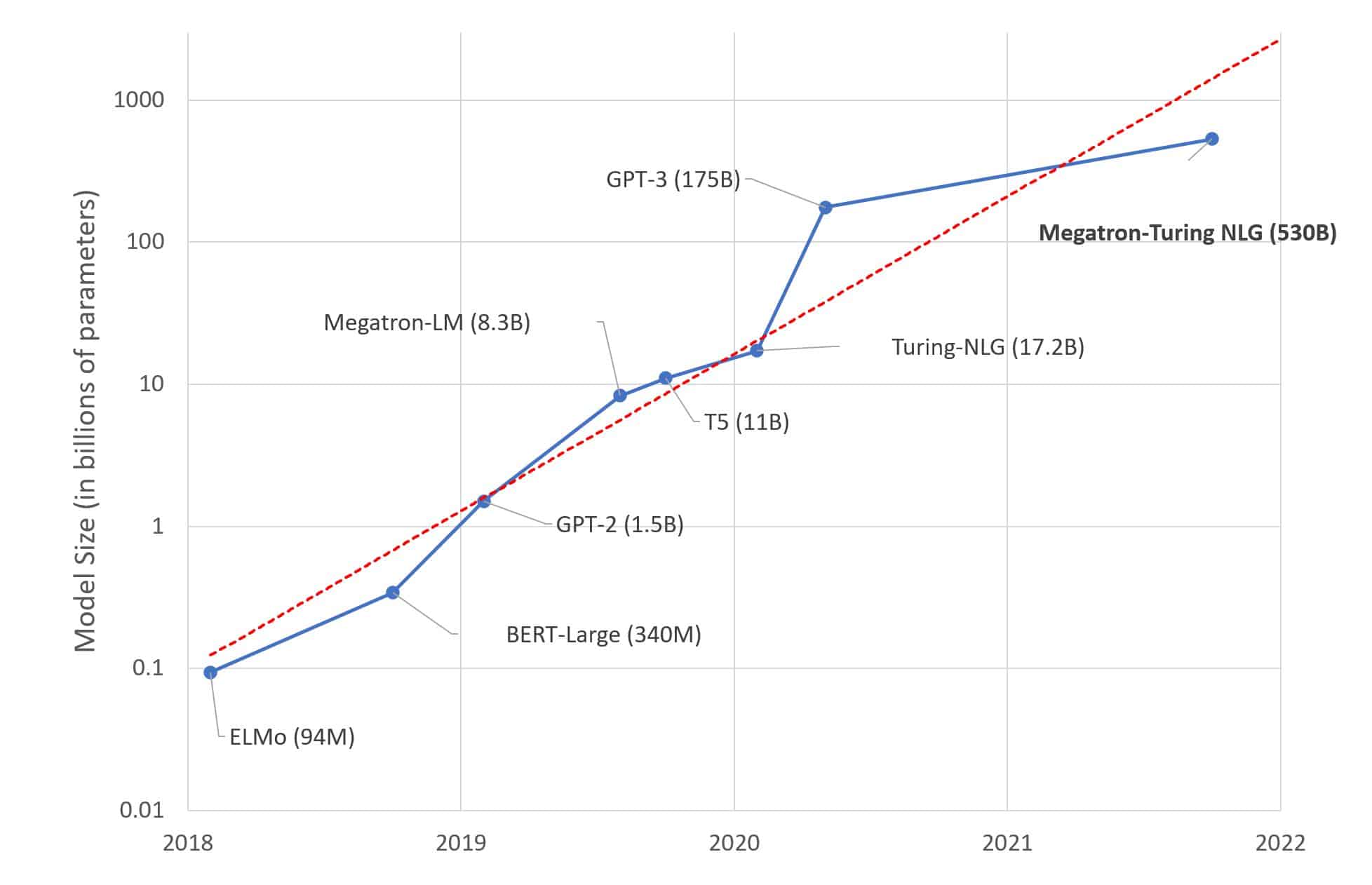Large language models are a type of artificial intelligence (AI) used in natural language processing (NLP) applications. These models are trained and optimized to process large amounts of text-based data efficiently and accurately. They are used for a variety of tasks related to natural language understanding, such as text classification, text summarization, text generation, and sentiment analysis.
Large language models use a type of machine learning called deep learning. This involves using neural networks to learn complex patterns from large amounts of data. These models are trained on volumes of text-based data such as books, news articles, and conversations. By using this data, they can learn how to understand and generate natural language.
Unlike traditional NLP approaches, large language models can process text streams in their entirety without the need for manual preprocessing. Rather, the models learn from the task at hand and can make predictions and generate text with higher accuracy and faster speeds. As such, they are becoming increasingly popular in many AI applications.
Large language models have been used in many applications, ranging from content analysis to question answering to automated dialog. They have also been used for identifying suspicious online behavior in the context of cybersecurity.
In summary, large language models are a type of AI used for natural language understanding. By learning from large amounts of text-based data, these models can accurately process and generate text faster and more efficiently than traditional approaches. As a result, they are becoming increasingly popular in many AI applications, including cybersecurity.






